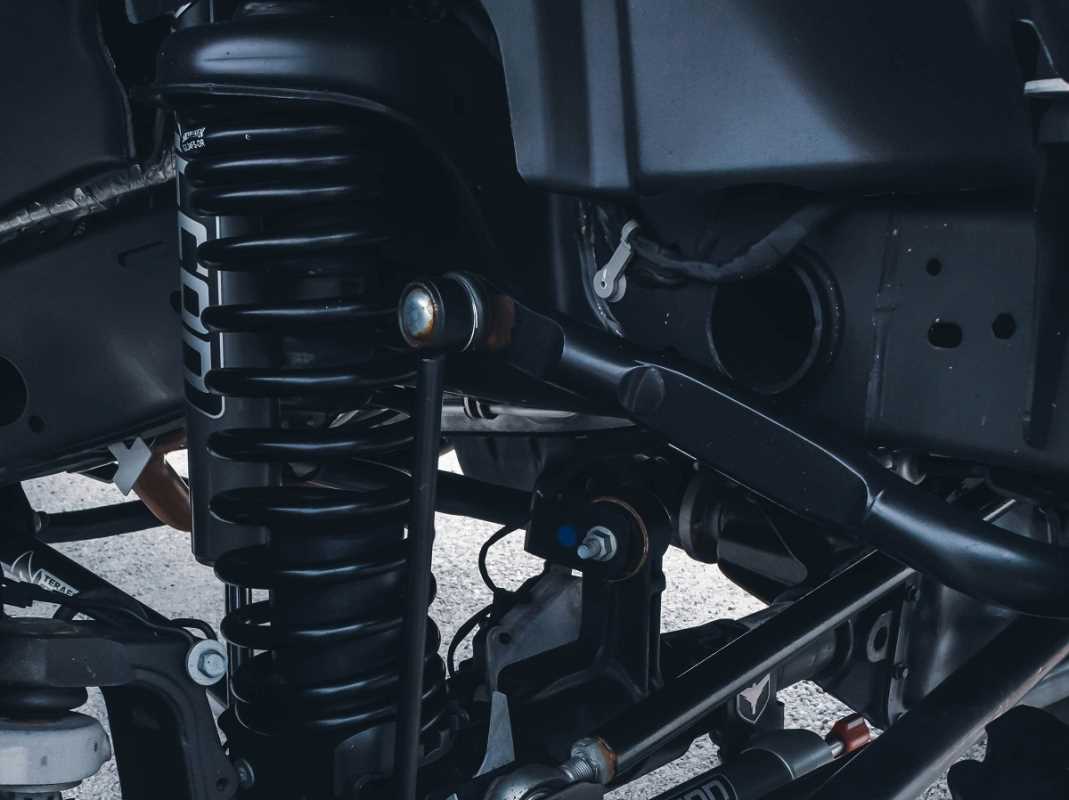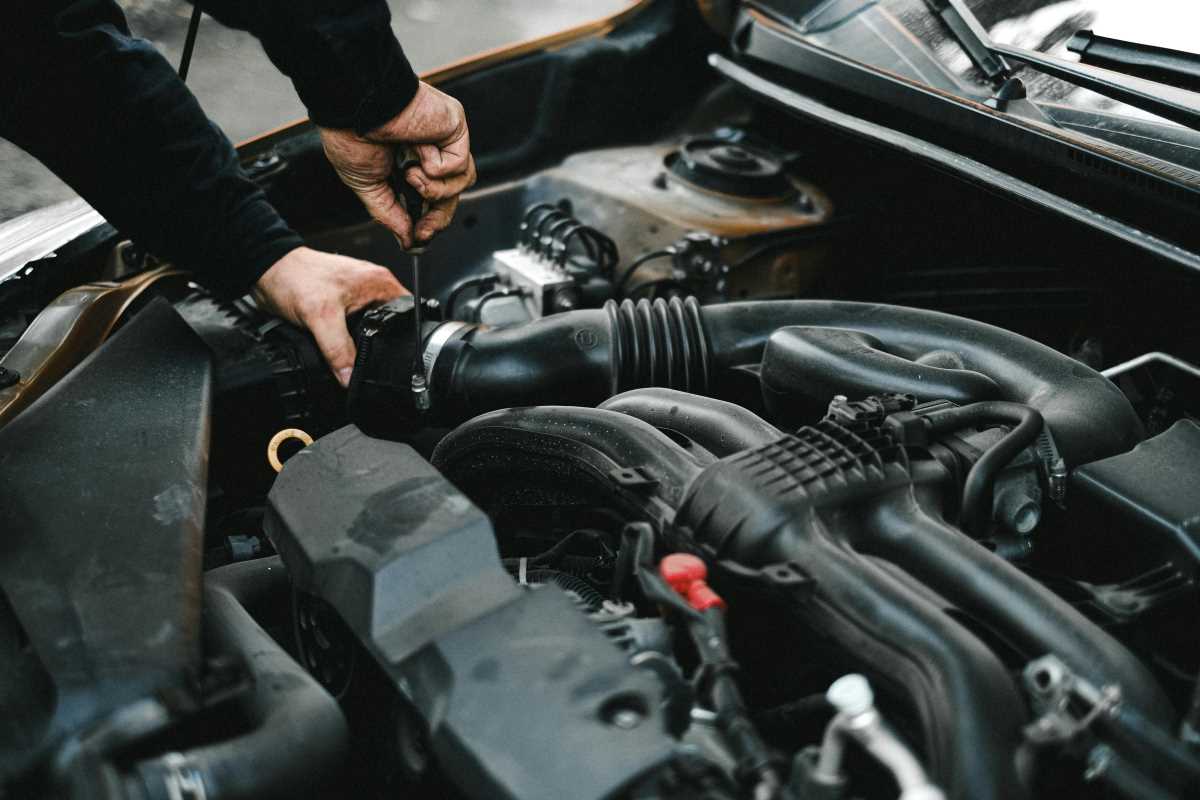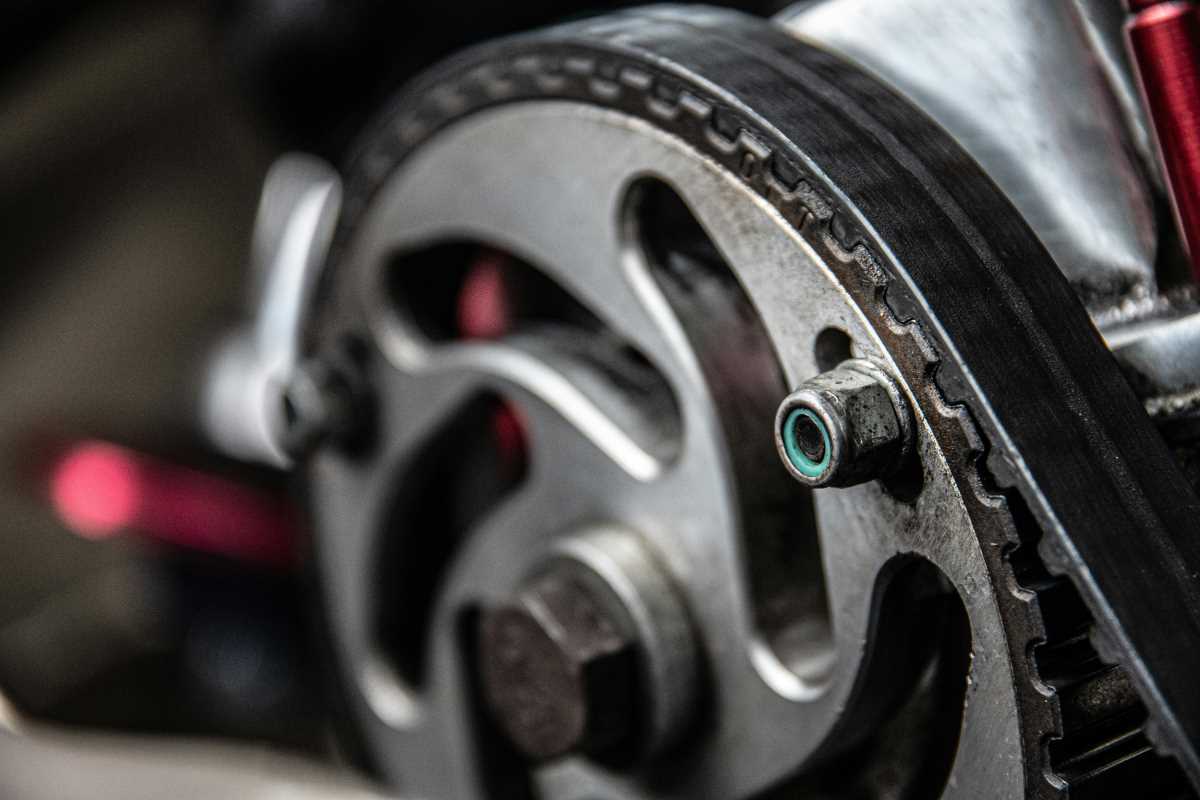Your car’s suspension is a key contributor to both a smooth ride and overall safety. It absorbs shocks from the road surface, keeps your tires in contact with the ground, and provides stability during conditions like braking or cornering. Over time, however, various parts of the suspension system can wear out or fail, leading to noticeable performance issues. Here’s a guide to understanding the signs that your suspension might need attention and what you can do about it.
Is There Uneven Tire Wear?
Uneven tire wear is one of the earliest and most noticeable signs of suspension trouble.
- What’s happening?
- Suspension problems, like worn shocks or misaligned control arms, can cause uneven distribution of your car’s weight on the tires. This results in certain areas of the tire wearing down faster than others.
- How to check:
- Inspect each tire’s tread pattern. If one side of a tire is noticeably more worn than the other or you find bald spots, that’s a red flag. Pay attention to feathering (scalloped edges) or cupping on the tread since these also point to suspension issues.
- What to do:
- Regularly check your tires for wear. If you notice uneven patterns, have your suspension system and wheel alignment inspected by a mechanic to determine which components need attention.
Pro Tip: Uneven tire wear doesn’t just mean a suspension issue; it’s also dangerous, as it reduces traction and affects braking performance.
Does Your Car Bounce Excessively?
Excessive bouncing after hitting a bump is a telltale sign of worn suspension components like shocks or struts.
- What’s happening?
- Shocks and struts are designed to absorb the energy from bumps in the road. When they wear out, your car can’t properly stabilize itself, causing it to bounce excessively.
- How to test:
- Perform a simple bounce test. Push down firmly on the hood or trunk of your car, then release it. If the car continues to bounce more than two or three times, the shocks or struts are likely worn.
- What to do:
- Worn shocks or struts should be replaced promptly to restore ride quality and prevent damage to other suspension components.
Reminder: Driving with failing shocks or struts also increases your stopping distance, posing a safety hazard.
Is Your Car Pulling to One Side?
If your car consistently veers left or right while driving, even on a straight road, you may have a suspension issue or alignment problem.
- What’s happening?
- Pulling to one side often occurs due to an alignment issue, uneven suspension settings, or damaged components like control arms or ball joints.
- How to check:
- Drive on a flat, straight road and lightly hold the steering wheel. If the car drifts to one side without any input, it’s likely a suspension or alignment problem.
- What to do:
- First, check your tire pressure. Uneven tire pressure can cause pulling. If the issue persists, get your suspension and alignment professionally checked.
Warning: Ignoring this issue can cause accelerated tire wear and make your vehicle harder to control, especially at higher speeds.
Are There Unusual Noises When Driving?
Clunks, bangs, or squeaks coming from your car can be clues that your suspension system is compromised.
- What’s happening?
- Clunking noises are often caused by worn ball joints, bushings, or control arms.
- Squeaking may indicate deteriorating bushings or poorly lubricated joints.
- A banging sound over bumps might point to a broken spring.
- How to test:
- Drive at a low speed over speed bumps or uneven roads. Listen closely for unusual sounds coming from under the car, particularly near the wheels or suspension.
- What to do:
- Strange noises are a sign of worn or broken components. Have a mechanic inspect the suspension to pinpoint the cause.
Tip: These noises may seem minor, but they signal significant wear that can lead to further damage if untreated.
Do You Feel the Steering Wheel Vibrating?
Steering wheel vibrations could indicate problems with your suspension or other related components.
- What’s happening?
- A vibrating steering wheel may result from unevenly worn tires, misaligned suspension, or damaged parts like tie rods or ball joints. These components are critical to maintaining stability and steering accuracy.
- How to check:
- Notice if the vibrations intensify at higher speeds or when turning. This could help pinpoint whether the issue is tire-related or part of the suspension.
- What to do:
- Check for proper tire balance and alignment first. If the issue persists, have a professional inspect the suspension for worn parts.
Reminder: Vibrations can make it harder to control your car, so resolve this issue promptly to stay safe.
Does the Car Sit Unevenly?
A car that sags on one side, even when parked on level ground, likely has a problem with its suspension springs.
- What’s happening?
- A damaged or broken spring can cause that corner of the car to sit lower. This puts uneven stress on the rest of the suspension and can result in poor handling.
- How to check:
- Visually inspect your car from the front and back while it’s parked. If one side is noticeably lower than the other, you probably have a damaged spring.
- What to do:
- Replace any broken or sagging springs as soon as possible. Driving with uneven suspension can throw off your alignment and accelerate tire wear.
Pro Tip: Replacing springs in pairs (front or rear) ensures even handling and performance.
Is There Fluid Leaking Under the Car?
Leaking fluid near your wheels or under the front of your car may indicate failed shocks or struts.
- What’s happening?
- Shocks and struts contain hydraulic fluid to dampen road shocks. If this fluid leaks out, the components can no longer function properly.
- How to check:
- Look under your car for any puddles of fluid, particularly around each wheel. Check for an oily residue on the shocks or struts themselves.
- What to do:
- Leaking shocks or struts require replacement. Continuing to drive with low hydraulic fluid will worsen the wear on suspension components.
Warning: Fluid leaks can also damage brakes and other critical systems, so don’t delay repairs.
When Should You Seek Professional Help?
Some suspension issues, like certain noises or a slightly uneven ride, can be diagnosed at home. However, significant problems usually require professional attention.
- When to DIY:
- Basic inspections, such as checking tire wear or performing the bounce test, are manageable for most drivers.
- When to call a mechanic:
- Persistent clunking or squeaking sounds.
- Major pulling to one side while driving.
- Severe uneven tire wear, sagging corners, or leaky suspension components.
Safety Tip: Driving with a compromised suspension can severely impact handling and braking, especially in emergencies or bad weather.
 (Image via
(Image via





